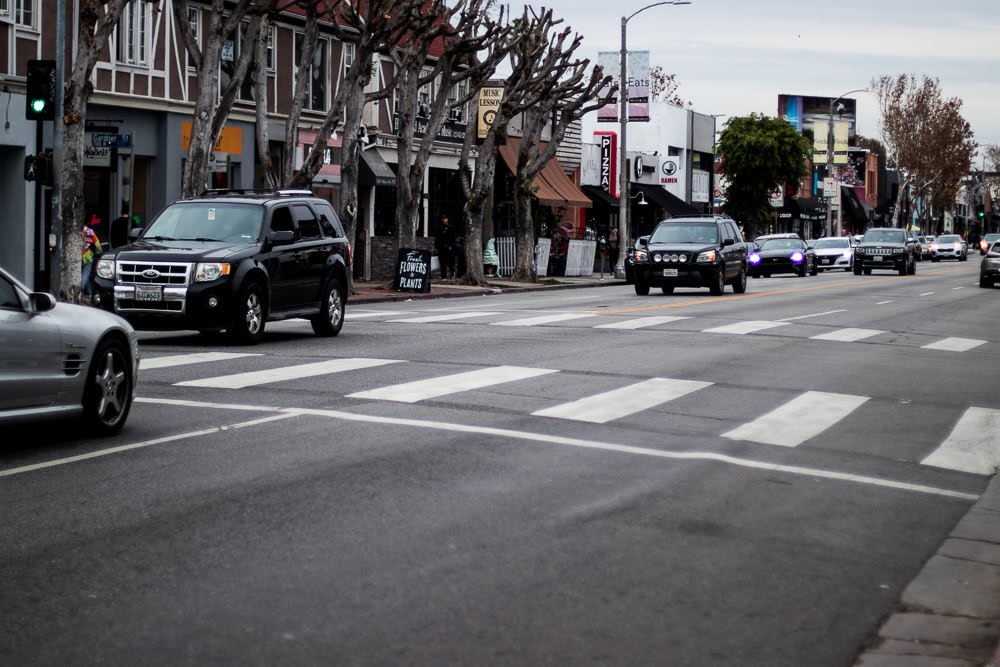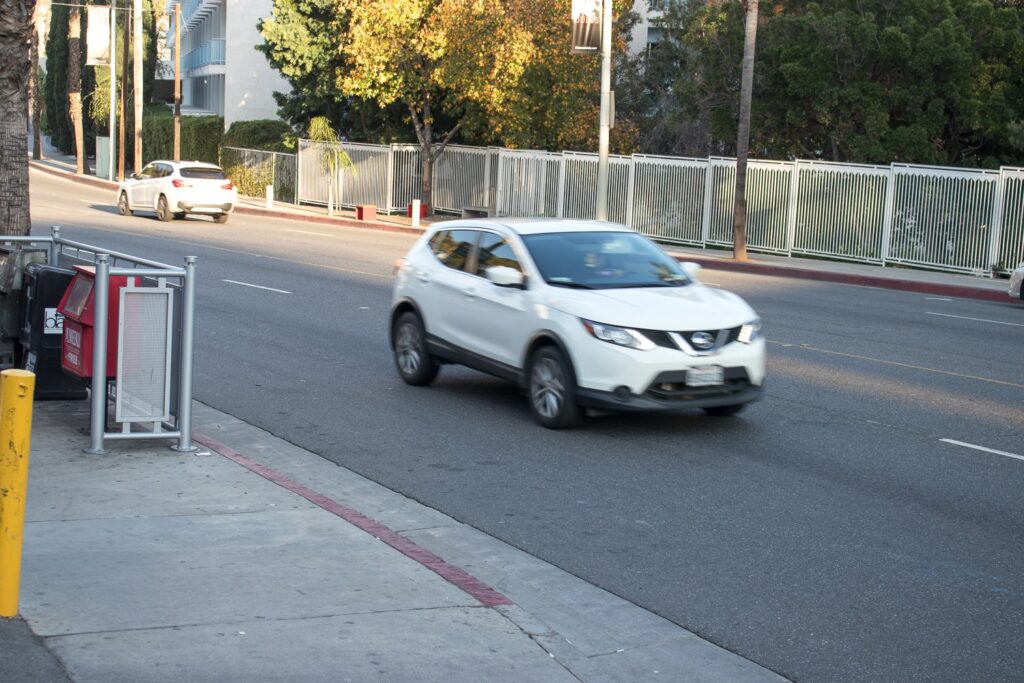Most drivers give in to some kind of road rage or aggressive driving, be that yelling at other drivers, purposely cutting them off, or even stepping out of the vehicle to confront them directly. These behaviors are not only frightening and uncalled for, they’re dangerous and lead to more crashes.
While you can’t change other people, the best way to prevent road rage is by practicing defensive driving so these situations do not escalate any further. With that in mind, here’s what every driver should know about defensive driving.
What is Defensive Driving?
Defensive driving is a strategy for avoiding risks on the road while anticipating potential hazards. That means you should drive while anticipating that the others around you will always make the wrong decision. For example, you should assume that someone is going to change lanes without using their turn signal, meaning you should give them a little extra space.
In practice, defensive driving means being completely focused, ignoring driving distractions, and being aware of the vehicles around you. It also means driving politely and being considerate of other drivers.
If someone is trying to get over, let them. If someone’s merge lane is ending, let them in. The more space you can give other drivers, the less likely they are to escalate their frustration to road rage. Each of these are simple choices you can make to reduce the likelihood of a crash and of other drivers trying to “punish” you for a perceived slight.
Why Should You Practice Defensive Driving?
According to the National Highway Transportation Safety Administration (NHTSA), about 33% of car crashes (2 million per year) could have been prevented if one or both drivers were practicing defensive driving. The majority of these crashes were caused by either the failure to recognize a hazard, poor decision-making, or driver performance error.
But how exactly does someone drive defensively and avoid these common mistakes? Let’s take a closer look.
How You Can Drive Defensively
Defensive driving requires constant decision-making, but once you know the best strategies, you’re equipped to make the right choice every time. Here are a few smart choices you can make next time you’re on the highway.
-
Drive the Speed Limit:
-
It sounds like a small thing, but going exactly the speed limit (not 5 mph over) can help prevent crashes. Going slower gives you more time to react if another driver makes the wrong decision, which can prevent road rage and a crash.
-
-
Check Your Mirrors:
-
Defensive driving requires that you’re aware of your surroundings, especially your blind spots. Ideally, you should check your mirrors about every 10 seconds and always look over your shoulder before changing lanes.
-
-
Following Distance:
-
You can never be sure when an aggressive driver will try to brake check you or get in your way. For that reason, you should maintain a two-second following distance, regardless of your speed.
-
-
Anticipate Hazards:
-
If you see a driver weaving through traffic in your rearview, stay where you are. Weaving drivers are unpredictable. The best thing you can do is stay the course until they pass. Trying to get out of their way could inadvertently lead to a serious crash.
-
-
Breathe:
-
Don’t allow yourself to fall into the traps for road rage. Once you get worked up, it’s hard to deescalate the situation. Crashes are much more likely to occur if both drivers have road rage. If you find yourself getting frustrated at another driver, remember to breathe. Your safety and your life are not worth a minor inconvenience on the road.
-
If you or someone you love suffered serious injuries in a car accident, we’re ready to be the experience on your side. To schedule a free consultation with an experienced Dayton car accident attorney from The Attkisson Law Firm, please send us an email or call 937-918-7555.






 3033 Kettering Blvd.,
3033 Kettering Blvd.,
 contactus@attkissonlawfirm.com
contactus@attkissonlawfirm.com